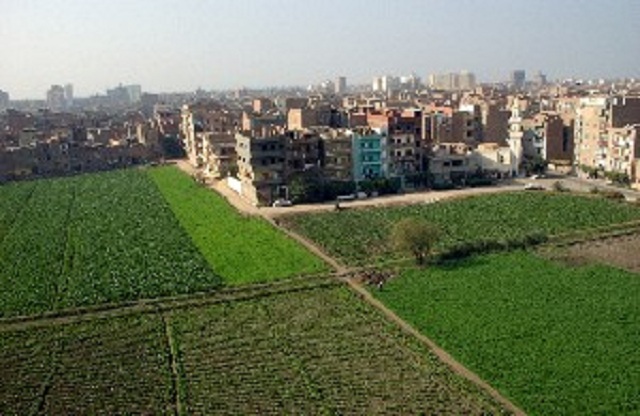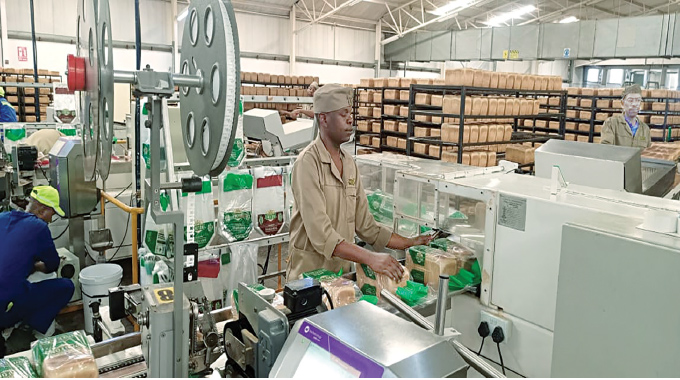Agriculture column: Growing greener cities and African agricultural: Part 1

Tapuwa Justice Mashangwa
AFRICA’S urban population is growing faster than that of any other region. By the end of the current decade, 24 of the world’s 30 fastest growing cities will be African.
Within 18 years, the urban population of sub-Saharan Africa is projected to reach almost 600 million, twice what it was in 2010.
African cities already face enormous problems: more than half of all residents live in overcrowded slums; up to 200 million survive on less than US$2 a day; poor urban children are as likely to be chronically malnourished as poor rural children.
According to a study by Food and Agriculture Organisation (FAO) and USDA, a 2.3 billion in global population growth is expected by 2050.
Africa’s population will soon pass one billion and could reach up to two billion by 2050, at which time it will represent more than 20 percent of the world’s population and a 70 percent increase in global food production will be needed by 2050.
Africa has great potential to double food production.
Africa’s food productivity is low, despite the continent having an estimated 78 million acres (31 million hectares) or about 20 percent of the world’s hectares currently being planted to maize.
Average maize yields in Africa are below two tonnes per hectare – significantly below the U.S. (about 10 tons per hectare).
In the words of Modibo T. Traoré, Assistant Director-General Agriculture and Consumer Protection Department Food and Agriculture Organisation of the United Nations, “The challenge of achieving a “zero hunger” world — in which everyone is adequately nourished and all food systems are resilient — is as urgent in African cities as it is in rural areas. African policymakers need to act now to steer urbanization from its current, unsustainable path towards healthy, “greener” cities that ensure food and nutrition security, decent work and income, and a clean environment for all their citizens.”
The “Greener Cities” concept is structured around production of fruit and vegetables in and around urban areas, which would have clear comparative advantage over rural and other sources in supplying urban residents with fresh, nutritious — but highly perishable — produce all year round.
It generates local employment, reduces food transport costs and pollution, creates urban green belts, and recycles urban waste as a productive resource.
The main requisite for its success would be to zone and protect land and water for market gardens, and encourage growers to adopt eco-friendly
“Save and Grow” farming practices that produce more, while reducing food contamination risks and protecting the environment. The implementation of this concept would protect fragile areas, contain urban sprawl and build resilience to climate by zoning and protecting land.
Through the adoption of eco-friendly practices risk of contamination risks would be lowered, production costs decreased thus increasing growers’ income.
Some simple eco-friendly practices include ensuring that soils are well-fed with compost encouraging the soil to produce more using less fertiliser, less pesticide and less water.
By the adoption of these eco-friendly practices, gardeners near Dakar increased their incomes by 60 percent.
Drip irrigation and rainwater harvesting can also reduce demand on urban water supplies.
In the first status report on urban and peri-urban horticulture in Africa presented in Rome, FAO at the United Nations in 2012, the adoption of greener cities would help alleviate; urban poverty. An estimated 43 percent of urban residents in sub-Saharan Africa are poor, surviving on less than US$1 a day.
Urban malnutrition would be addressed. The prevalence of malnutrition among urban children in sub-Saharan Africa has increased faster than the urban population itself.
Since the poor spend most of their income on food, increases in food prices or a drop in earnings compromise the quantity and quality of their diets. During the 2007-08 global food crisis, when food prices also soared in Africa, the poor had no choice but to spend more on food.
They would also aid those with low and insecure incomes; as many as nine out of every 10 urban workers in Africa are employed informally, working very long hours for very low incomes, without secure contracts, social protection or benefits.
The benefits to climate change cannot be overlooked either.
Higher temperatures and less predictable rainfall are likely to accelerate eco-migration from rural areas to large and mid-sized cities.
Many African cities have “ecologically unfriendly” configurations that compromise their resilience to climate change. Lack of vegetation and the use of heat-retaining building materials raise city temperatures, which leads to shrinking water tables.
Tapuwa Justice Mashangwa, a young entrepreneur based in Bulawayo, Founder and CEO of Emerald Agribusiness Consultancy. He can be contacted on +263 739096418 and email: [email protected]











Comments